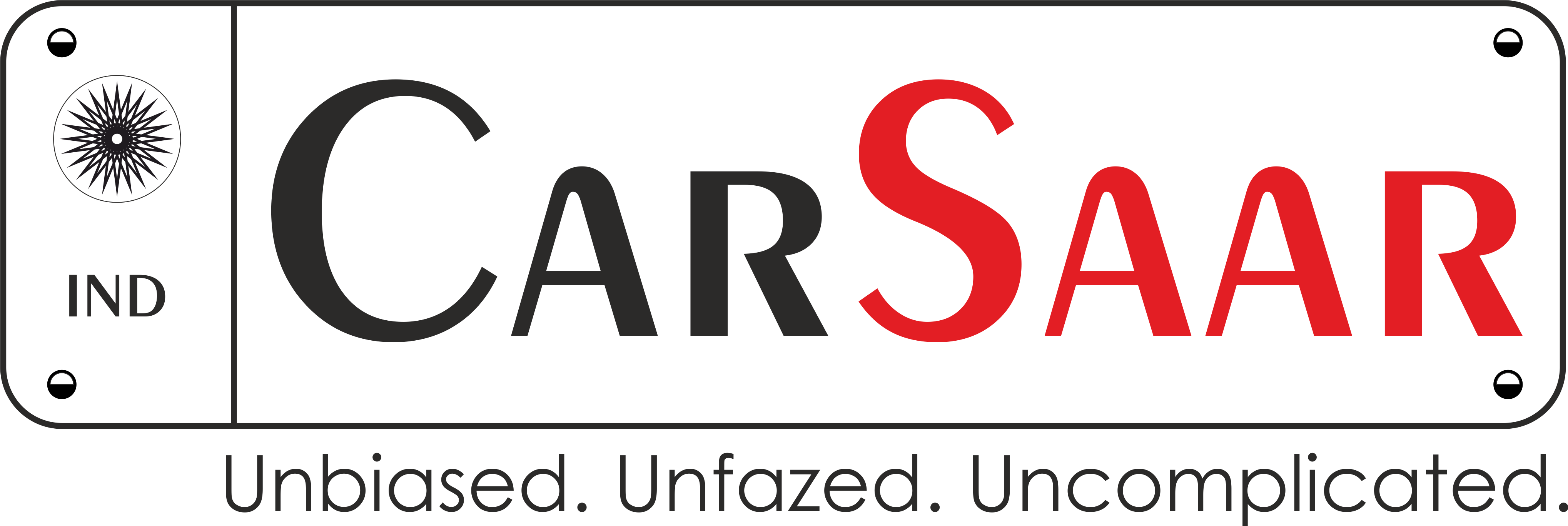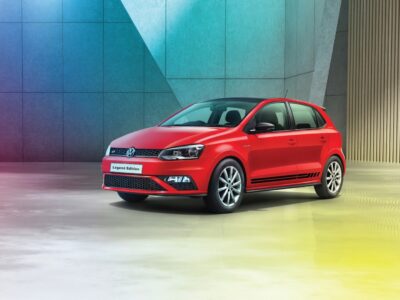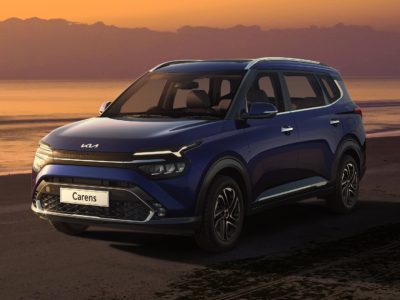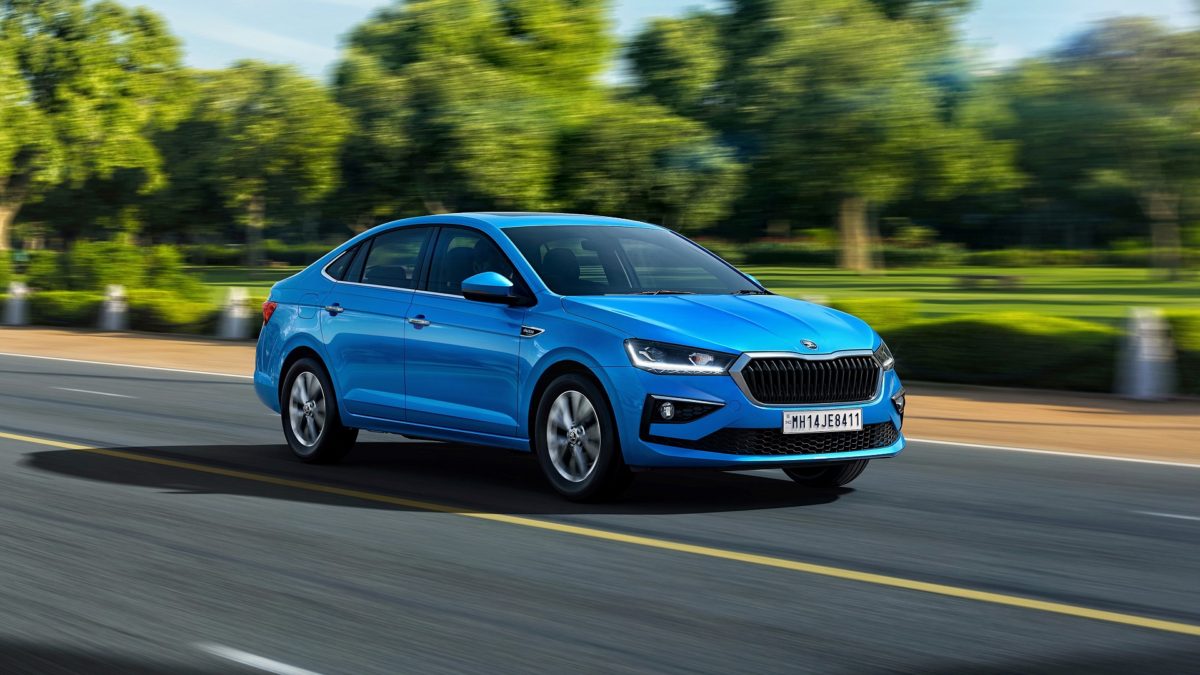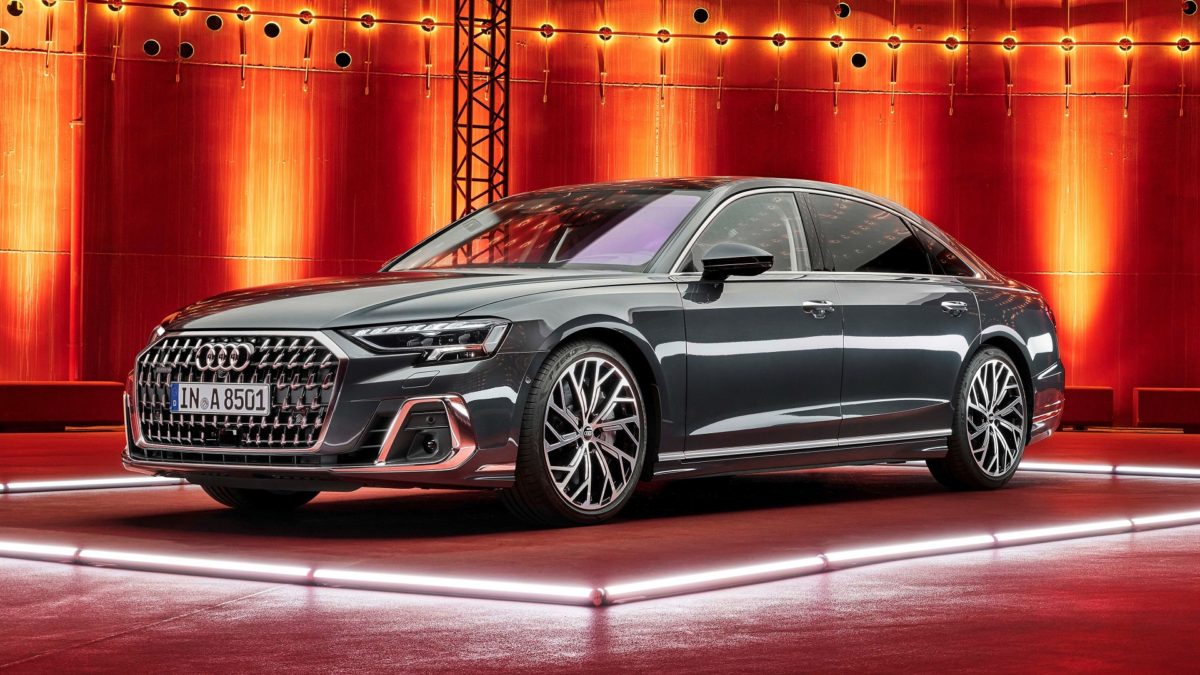After years of poking the big boys in the segment, the Vento has bowed out of service. But, Volkswagen has readied a new player, which takes the game to a higher level. And it’s this – the Virtus. It’s bigger, more feature-rich and noticeably more powerful than the car that vacated the production line for it. The Virtus is also Volkswagen’s second model that uses the localised MQB-A0-IN platform, with the Taigun taking the first spot.
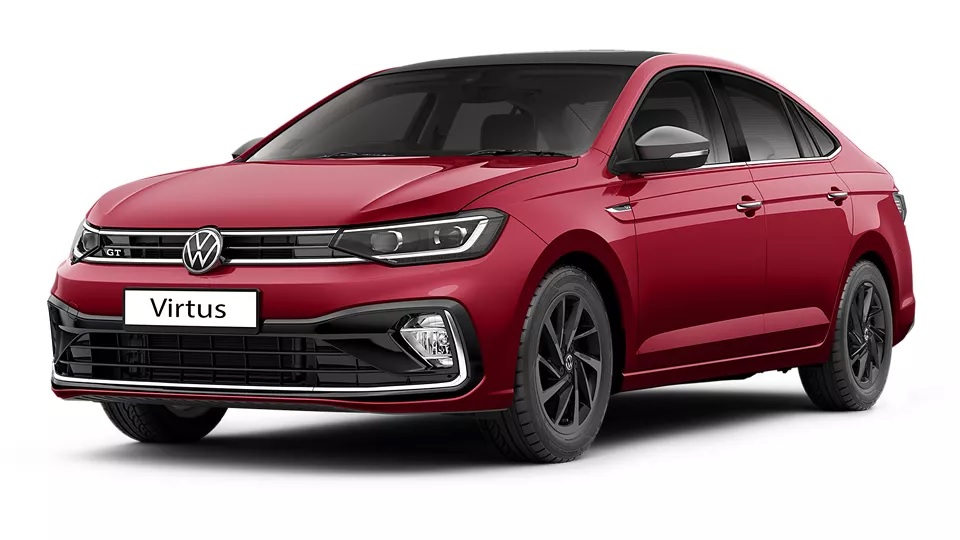
Design
Inside and out, it’s a typical VW fashion statement. Clean, well-balanced and refreshing, all at the same time. Sure, there will be some who’d compare the Virtus’ design to that of the Vento. And that is a more than valid comparison. However, the Virtus still manages to showcase the evolutionary route, with a sharper front and rear end. But, to add that touch of tanginess, it dons snazzy 16-inch alloys and blacked-out elements. Overall, the Virtus will appeal to buyers with a soft spot for VW sedans and those who prefer freshness in a non-gaudy exterior. And there’s the GT version for those who like some sporty embellishments in the package.
Dimensions and colour options
The Virtus measures 4,561mm in length, 1,752mm in width and 1,507mm in height. That makes it 20mm longer than the Slavia, the car with which it shares the same skeleton. However, both sedans have the same width and height. Moreover, at 2,651mm and 521 litres, the wheelbase and boot space, respectively, are identical. Volkswagen hasn’t confirmed the official ground clearance of the Virtus. Still, it will likely be the same as the Slavia’s 179mm (unladen).
There are six colours to choose from – Wild Cherry Red, Carbon Steel Grey, Rising Blue Metallic, Curcuma Yellow, Reflex Silver and Candy White.
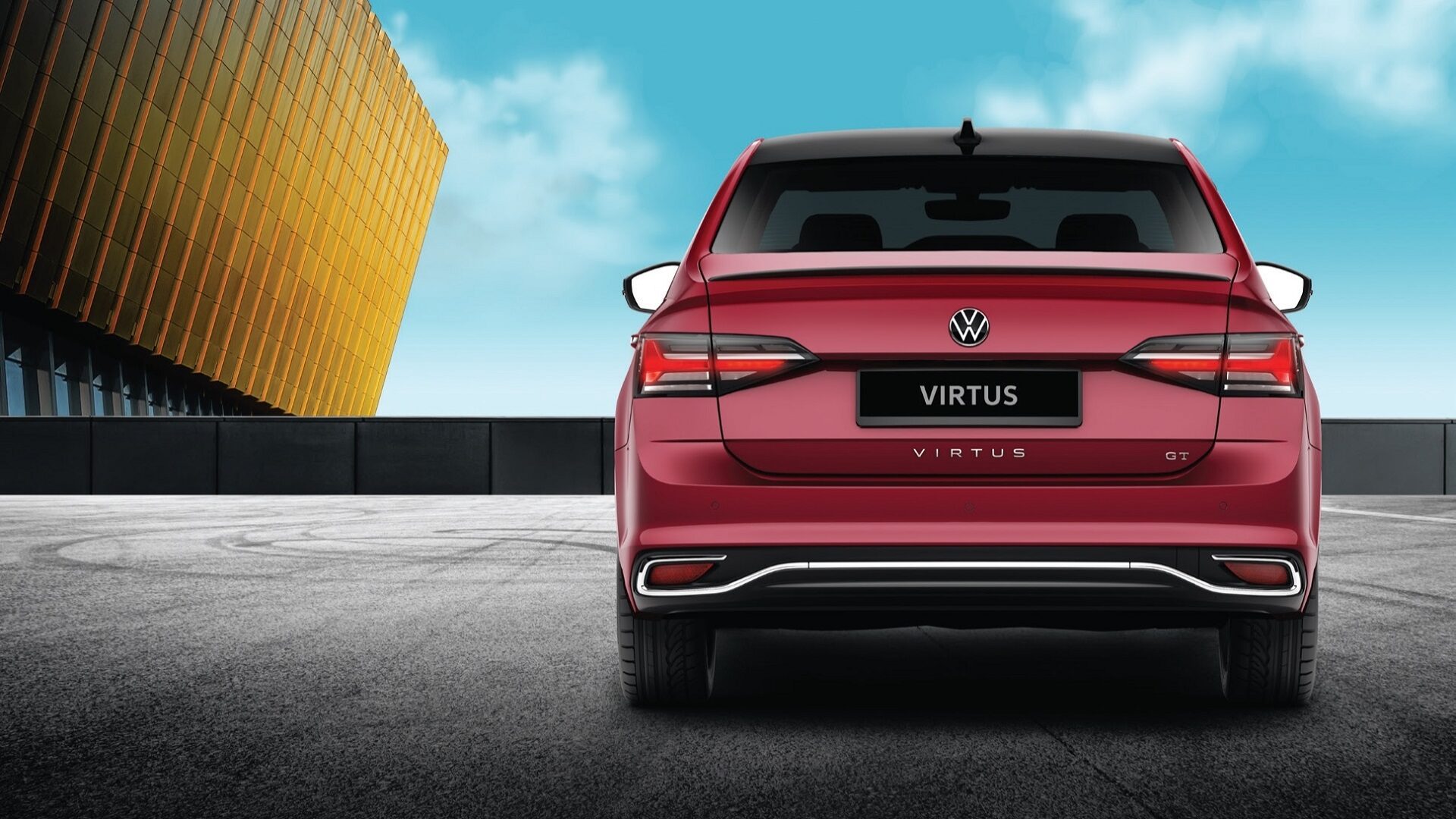
Engines and Transmission choices
Volkswagen has devised two trim lines for the Virtus – Dynamic Line and Performance Line. Variant under the former will house a 1.0-litre TSI motor that pumps out 113bhp/178Nm. Those bucketed in the latter will get the gutsier 1.5-litre TSI engine which puts out 148bhp/250Nm. Both powerplants will come coupled to a 6-speed manual transmission as standard. However, the smaller engine is also available with a 6-speed torque converter (automatic). At the same time, the larger one has the option of a 7-speed DSG. All in all, the same engine-transmission combinations as the Taigun, Slavia and Kushaq.
Features
The complete list of creature comforts and safety gizmos is still under wraps. That said, we do know that the Virtus will offer a 10-inch touchscreen infotainment system, an 8.0-inch digital instrument cluster and automatic climate control. And so it goes on – an 8-speaker sound system, wireless mobile charging, 4 USB ports, auto LED headlamps, ventilated front seats, push-button start/stop, and a 60:40 split rear seat. In addition, the Virtus offers over 40 active and passive safety features, such as a tyre pressure monitoring system, six airbags, Electronic Stability Control and Hill Hold Control.
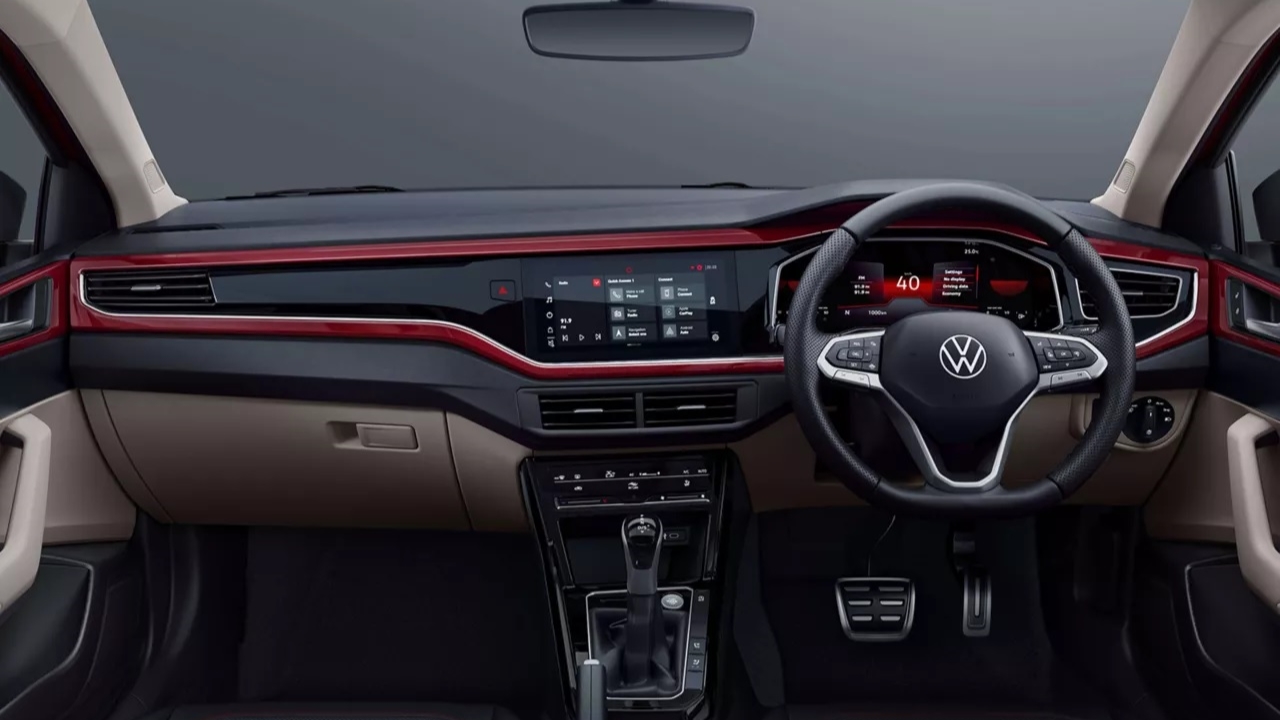
Rivals and launch details
The Virtus’ main rival will be its step-sibling – the Skoda Slavia. It will also try and lure customers away from Honda City, Hyundai Verna and the Maruti Suzuki Ciaz.
Volkswagen has started accepting bookings for the Virtus via offline and online mediums. As for the launch, that is expected sometime in May this year.

